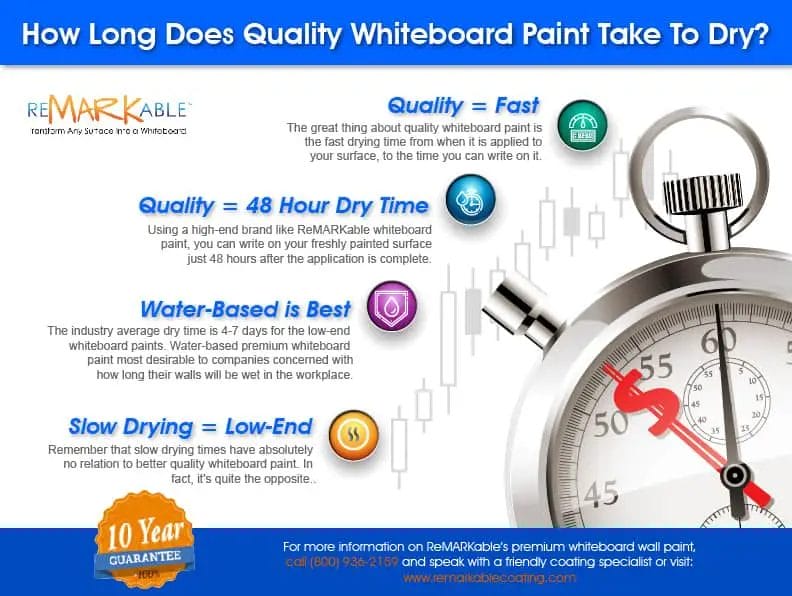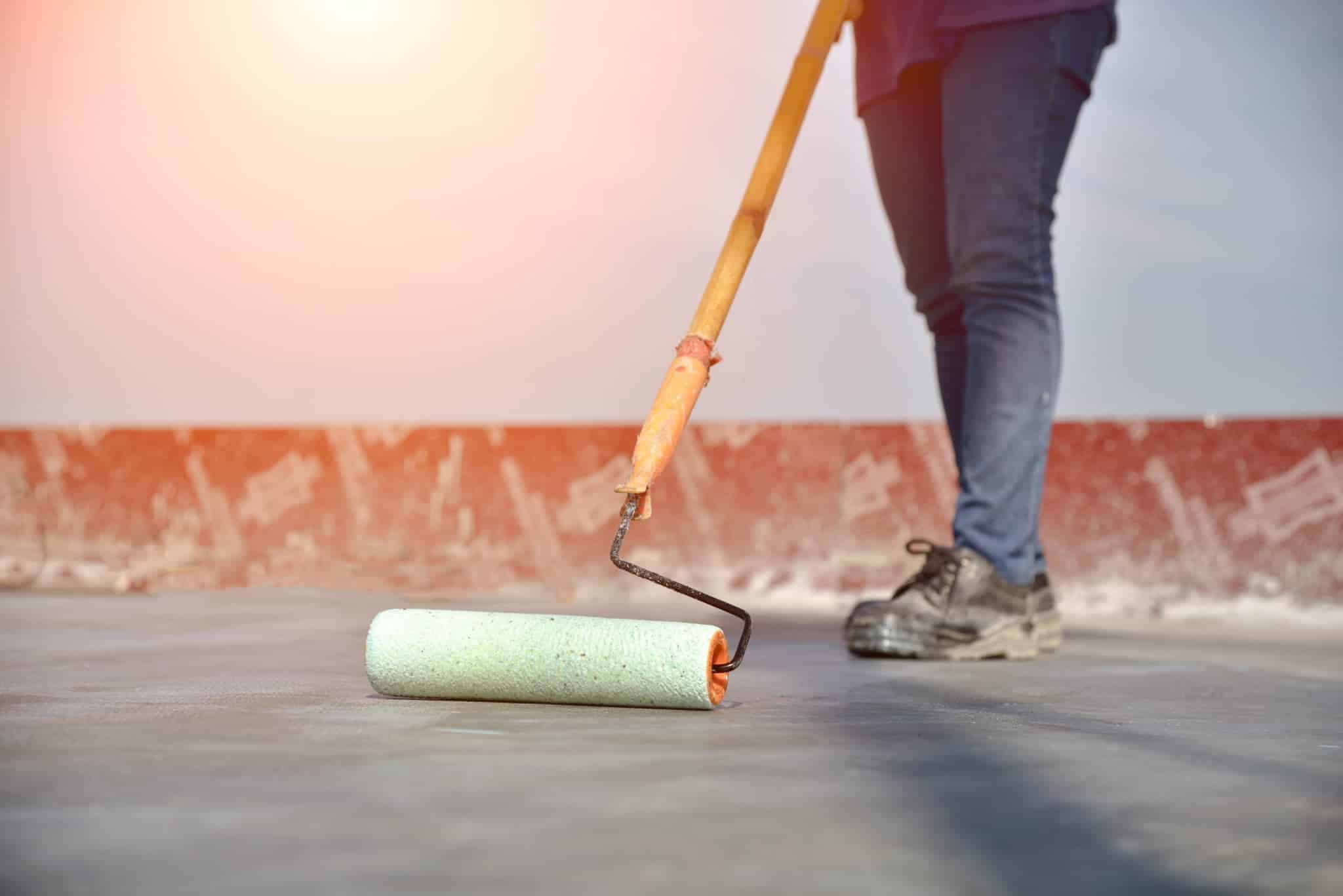Road paint plays a crucial role in ensuring safe and organized traffic flow. One common question that arises is how long it takes for road paint to dry. The drying time of road paint depends on various factors such as weather conditions, type of paint used, and thickness of the applied coat. Generally, road paint dries within 30 minutes to an hour, but it can take up to several hours in cold and humid conditions. It is important to allow adequate drying time to ensure the paint’s durability and effectiveness in guiding motorists.

Factors Affecting Road Paint Drying Time
When it comes to road construction and maintenance, one important aspect is the application of road paint. Road paint not only provides clear markings for drivers, but it also helps enhance safety on the roads. However, the drying time of road paint can vary depending on various factors. In this section, we will explore the key factors that influence the drying time of road paint.
1. Weather Conditions
Weather conditions play a significant role in the drying time of road paint. Temperature, humidity, and wind speed can all affect how quickly the paint dries. Paint tends to dry faster in warm and dry weather conditions, as high temperatures facilitate the evaporation of solvents present in the paint. On the other hand, cold and humid conditions can prolong the drying process.
2. Type of Paint
The type of paint used for road markings can also impact the drying time. Different types of road paint have varying compositions, which can affect their drying characteristics. Some paints contain quick-drying agents that expedite the drying process, while others may require additional time to dry thoroughly.
3. Application Thickness
The thickness of the paint layer applied on the road surface can influence the drying time. Thicker paint layers take longer to dry as there is more material that needs to evaporate or cure. It is essential to ensure that the paint is applied evenly and at the recommended thickness to optimize drying time.
4. Traffic Volume
The volume of traffic on the road can also impact the drying time of road paint. Heavy traffic can cause vibrations and disturbances, which can affect the paint’s ability to dry properly. In areas with high traffic, it may be necessary to implement safety measures, such as traffic control, to allow the paint sufficient time to dry before vehicles pass over it.
5. Surface Condition
The condition of the road surface before the application of paint can affect drying time. A clean and properly prepared surface allows the paint to adhere better, leading to faster drying. Conversely, a surface with dust, moisture, or debris can hinder the drying process and result in poor paint adhesion.
6. Paint Additives
Some road paint formulations include additives that can affect drying time. These additives may be used to enhance durability, improve reflectivity, or provide specific characteristics to the paint. The inclusion of additives can alter the drying properties of the paint, either speeding up or slowing down the drying process.
7. Curing Conditions
After the initial drying phase, road paint goes through a curing process where it fully hardens and develops its optimum properties. Curing time can vary depending on factors such as temperature, humidity, and the specific type of paint used. It is crucial to allow sufficient curing time to ensure the longevity and effectiveness of the road markings.
In summary, the drying time of road paint is influenced by various factors, including weather conditions, type of paint, application thickness, traffic volume, surface condition, paint additives, and curing conditions. By considering these factors, road maintenance professionals can make informed decisions to ensure the timely and effective application of road paint.

Tips to Speed Up Road Paint Drying Process
If you have ever been stuck in traffic due to wet road paint, you know how frustrating it can be. Whether it’s a newly painted crosswalk or fresh lane markings, road paint needs time to dry properly before vehicles can safely traverse over it. However, sometimes waiting for the paint to dry can take longer than expected, causing delays and inconvenience for motorists. Fortunately, there are several tips and techniques that can help speed up the road paint drying process. In this section, we will explore some of these methods to ensure quick and efficient drying of road paint.
1. Use Quick-Drying Paint
One of the most effective ways to expedite the road paint drying process is to use quick-drying paint. Quick-drying paints are specifically designed to dry rapidly and form a durable and long-lasting surface. These paints contain additives that promote faster evaporation of solvents, allowing the paint to dry quickly. By using quick-drying paint, you can significantly reduce the time it takes for the road paint to dry, minimizing disruption to traffic flow.
2. Use Hot Air Blowers
Another method to accelerate the drying of road paint is to utilize hot air blowers. These powerful devices blow hot air directly onto the painted surface, helping to evaporate moisture and speed up the drying process. Hot air blowers can be particularly effective in colder or humid climates where drying times are naturally prolonged. By directing hot air onto the wet paint, you can hasten the evaporation of water and allow the paint to dry more quickly.
3. Increase Ventilation
Proper ventilation is essential for efficient drying of road paint. By increasing ventilation in the area where the paint is applied, you can facilitate the evaporation of moisture and enhance the drying process. If possible, open windows or doors nearby to allow fresh air to circulate and aid in drying. Additionally, using fans or industrial blowers can help improve air circulation and remove excess moisture, leading to faster drying times.
4. Apply Thin Coats
When painting roads, it is crucial to apply thin coats of paint rather than thick layers. Thick layers of paint take longer to dry, as the solvent takes more time to evaporate. On the other hand, thin coats dry more quickly as the solvent evaporates faster. By applying multiple thin coats of paint, you can achieve a faster drying time while maintaining the desired coverage and durability of the road markings.
5. Consider Temperature and Humidity
The temperature and humidity levels can significantly impact the drying time of road paint. It is essential to consider these factors before starting the painting process. Generally, higher temperatures and lower humidity levels promote faster drying times. If possible, choose a day with optimal weather conditions for road painting to ensure quick and efficient drying of the paint. Avoid painting during periods of high humidity or rain, as these conditions can prolong the drying process.
6. Use Drying Accelerators
Drying accelerators are chemical additives that can be mixed with road paint to expedite the drying process. These accelerators help to remove moisture from the paint more rapidly, allowing it to dry faster. It is crucial to follow the manufacturer’s instructions and guidelines when using drying accelerators to ensure their safe and effective usage. Incorporating drying accelerators into the paint mixture can be particularly beneficial when time is of the essence.
7. Allow Sufficient Drying Time
While the aforementioned tips can help expedite the road paint drying process, it is still essential to allow sufficient drying time to ensure the paint fully sets. Rushing the drying process can lead to premature wear and decreased durability of the road markings. Always refer to the manufacturer’s recommendations for the specific drying time required for the paint being used. In summary, patience is key to achieving long-lasting and reliable road paint that can withstand the demands of daily traffic.
By implementing these tips and techniques, road authorities and contractors can minimize the inconvenience caused by wet road paint and ensure safer and more efficient roadways. From using quick-drying paint to employing hot air blowers and considering environmental factors, each step contributes to reducing drying time and improving overall road paint quality.

Importance of Proper Drying Time for Road Paint
Road paint plays a critical role in ensuring the safety and functionality of our roadways. It provides clear and visible lines, symbols, and signs that guide drivers, pedestrians, and cyclists. However, for road paint to serve its purpose effectively, it is crucial to allow it sufficient drying time. In this section, we will explore the importance of proper drying time for road paint and the potential consequences of not adhering to this essential step.
1. Durability
Proper drying time is essential for the durability of road paint. When paint is applied to road surfaces, it initially appears wet and requires time to dry and cure. This drying process allows the paint to adhere firmly to the road surface, ensuring that it withstands the challenges of weather, traffic, and road conditions.
If road paint is not given enough time to dry, it can lead to premature failure. Insufficient drying time may result in paint that is easily worn off or damaged, leading to faded or unclear markings. This can cause confusion and potential risks for road users, compromising their safety.
2. Visibility
The primary purpose of road paint is to provide clear and visible markings on the road. Proper drying time ensures that the paint fully sets and becomes highly reflective, enhancing its visibility both during the day and at night. When road paint is not given enough time to dry, it may appear dull or less reflective, making it difficult for drivers to see and interpret road markings accurately.
Inadequate drying time can significantly impact the visibility of road paint, especially in adverse weather conditions such as rain or fog. This can create hazardous situations, as drivers rely on road markings to navigate safely. Failure to allow proper drying time compromises the effectiveness of road paint and increases the risk of accidents.
3. Longevity
Proper drying time directly affects the longevity of road paint. When paint is allowed sufficient time to dry and cure, it forms a strong bond with the road surface. This bond enables the paint to withstand the daily wear and tear caused by traffic, environmental factors, and maintenance activities.
Insufficient drying time can weaken the bond between the paint and the road surface, leading to premature cracking, chipping, or peeling. These issues not only compromise the appearance of road markings but also contribute to additional maintenance costs and the need for frequent repainting.
4. Cost-effectiveness
Adhering to proper drying time for road paint is a cost-effective approach in the long run. While it may seem tempting to rush the process to minimize traffic disruptions, the consequences of not allowing sufficient drying time can be costly.
By ensuring that road paint is adequately dried and cured before reopening the road to traffic, the longevity of the markings is enhanced. This reduces the frequency of repainting, saving both time and money in the maintenance of road infrastructure.
Summary
Proper drying time is of utmost importance for road paint. It ensures durability, visibility, longevity, and cost-effectiveness. By allowing road paint to fully dry and cure, we can ensure clear and visible road markings that enhance safety for all road users. Rushing the drying process can lead to premature failure, reduced visibility, decreased longevity, and increased maintenance costs. Therefore, it is crucial to prioritize the proper drying time for road paint to maintain the integrity and effectiveness of our roadways.
5. Common Mistakes to Avoid When Applying Road Paint
Applying road paint is a crucial task in maintaining safe and organized traffic flow. However, it is not uncommon for mistakes to occur during this process. These mistakes can lead to decreased visibility, reduced durability, and increased risk for accidents. To ensure a professional and long-lasting road marking, here are some common mistakes to avoid:
1. Poor Surface Preparation
One of the biggest mistakes in road paint application is insufficient surface preparation. Before applying the paint, it is essential to thoroughly clean the road surface from dust, dirt, oil, and other contaminants. Failing to do so can result in poor adhesion of the paint, causing it to peel off or fade quickly.
Additionally, any existing road markings must be completely removed or covered before applying new paint. Failure to do this can lead to confusion among drivers and inconsistency in the road markings.
2. Inaccurate Measurements
Accurate measurements are crucial for maintaining proper line width and spacing. Without precise measurements, road markings can appear uneven or inconsistent, leading to confusion and potential hazards for drivers.
Using appropriate measuring tools, such as measuring tapes or laser-guided devices, is essential to ensure accurate placement of markings. It is also important to double-check measurements before applying the paint to avoid costly and time-consuming errors.
3. Insufficient Drying Time
Allowing sufficient drying time is crucial for the longevity of road paint. Inadequate drying time may cause the paint to smudge, fade, or become prone to damage from traffic or weather conditions.
It is important to follow the manufacturer’s instructions regarding drying time, taking into account environmental factors such as temperature and humidity. Rushing the drying process can result in poor-quality road markings that require frequent touch-ups or repainting.
4. Lack of Proper Equipment Maintenance
Using well-maintained equipment is vital for achieving consistent and high-quality road markings. Neglecting regular maintenance of painting machines, spray nozzles, and other tools can lead to uneven paint application, clogged nozzles, or malfunctioning equipment.
Regularly cleaning and inspecting equipment, replacing worn-out parts, and ensuring proper calibration are essential steps to prevent equipment-related mistakes during road paint application.
5. Neglecting Safety Measures
Ignoring safety measures during road paint application can lead to accidents or injuries. It is crucial to ensure that all workers involved in the process wear appropriate protective gear, including high-visibility clothing, gloves, and safety glasses.
Furthermore, implementing proper traffic control measures, such as signage and temporary road closures, is essential to protect both workers and drivers during the painting process.
Summary
When applying road paint, it is important to avoid common mistakes that can compromise the quality and durability of the markings. These include poor surface preparation, inaccurate measurements, insufficient drying time, lack of proper equipment maintenance, and neglecting safety measures.
By following proper procedures and taking necessary precautions, road authorities and contractors can ensure the longevity and effectiveness of road markings, promoting safer and more efficient traffic flow for all road users.
FAQs
How long does it take for road paint to dry?
The drying time for road paint can vary depending on various factors such as weather conditions and the type of paint used. Generally, road paint can take anywhere from a few minutes to several hours to dry completely.
Conclusion
In conclusion, the drying time of road paint is influenced by various factors including the type of paint used, weather conditions, and the thickness of the applied coat. On average, road paint may take anywhere from 30 minutes to 1 hour to dry completely. However, it is important to note that this drying period can vary significantly depending on the aforementioned factors. It is recommended to follow the manufacturer’s instructions for specific drying times and to consider factors such as temperature, humidity, and air circulation for optimal drying. Ensuring proper drying of road paint is crucial for maintaining traffic safety and durability of road markings.
